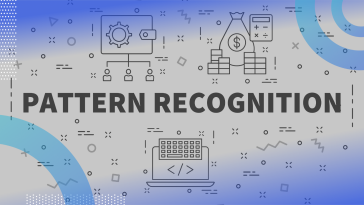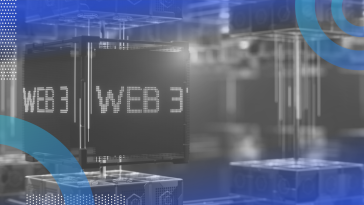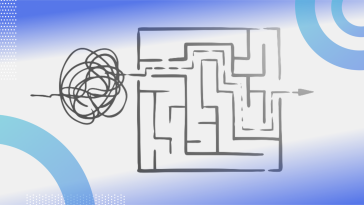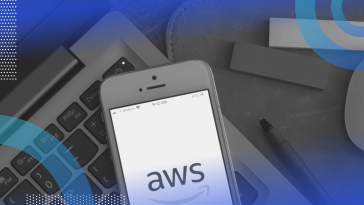Sort By
Most Recent
10 Articles
Diagnostic analytics is the process of examining historical data to identify the root causes behind outcomes, trends or anomalies.
Pattern recognition is an automated process thanks to the availability of computer power to ingest data, process it, recognize its patterns and share it for further analysis. Here’s how pattern recognition works.
We’ve been hearing a lot of chatter about Web3, but what exactly is it and how does it differ from the Web 2.0 we all know and (sometimes) love? Our expert explains.
Database normalization refers to organizing data into tables to improve the efficiency of a database and ensure the consistency and accuracy of its data. Here’s why it matters and the normal forms involved in the process.
Amazon Web Services (AWS) is an Amazon cloud computing platform that delivers on-demand infrastructure and software services — including computing, storage, networking, analytics and security — through a global pay-as-you-go model.
Latency, in the field of information technology (IT), refers to the delay in data transmission between point A and point B, where A and B are two computers or servers.
A software requirement specification describes what the product does and how we expect it to perform. It is the main point of reference for the entire team.
Business analysis and reporting refer to a comprehensive process of developing solutions to translate high-level business needs into actionable requirements.
SWOT analysis is a strategic technique used to identify a business's internal strengths and weaknesses, as well as external opportunities and threats. It helps teams develop strategic plans for innovation and investment.
There are a lot of resources to help you become a better data scientist. Here’s my experience with one of them — the good and the bad.










